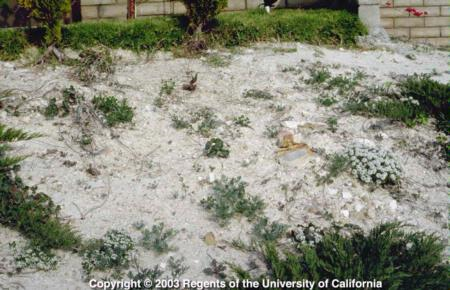
Calcareous Soil Confusion
Calcareous soils have often more than 15% CaCO3 in the soil that may occur in various forms (powdery, nodules, crusts etc…). They are relatively widespread in the drier areas of the earth. California is notable for its young soils, that is, soils that have a relatively high level of nutrients because low rainfall means that natural productivity has not been leached out. The potential productivity of calcareous soils is high where adequate water and nutrients can be supplied. Water is the most limiting input to making California soils productive.
The high pH associated with these soils, though, is not the level of calcium present. It is the carbonate in the soil or the bicarbonate associated with the waters found in those soils which controls the pH. The high pH then controls the availability of iron, zinc, manganese and copper. These nutrients need to be added as foliars or soil applied, or better yet, the soil pH needs to be dropped to around 7 to make these nutrients available.
Recently someone asked if replacing the calcium with potassium would change the pH. No, it won't. The carbonate needs to be removed. Calling it a calcareous soil confuses people about what caused the high pH. The carbonate or bicarbonate needs to be removed with acidification, it turning it into CO2 gas. This is done with urea sulfuric acid or sulfuric or sulfurous acid. There are actually magnesium dominated soils in the San Luis Obispo area that have high pHs due to carbonates. They are carbonateceous.

calcareous soil
